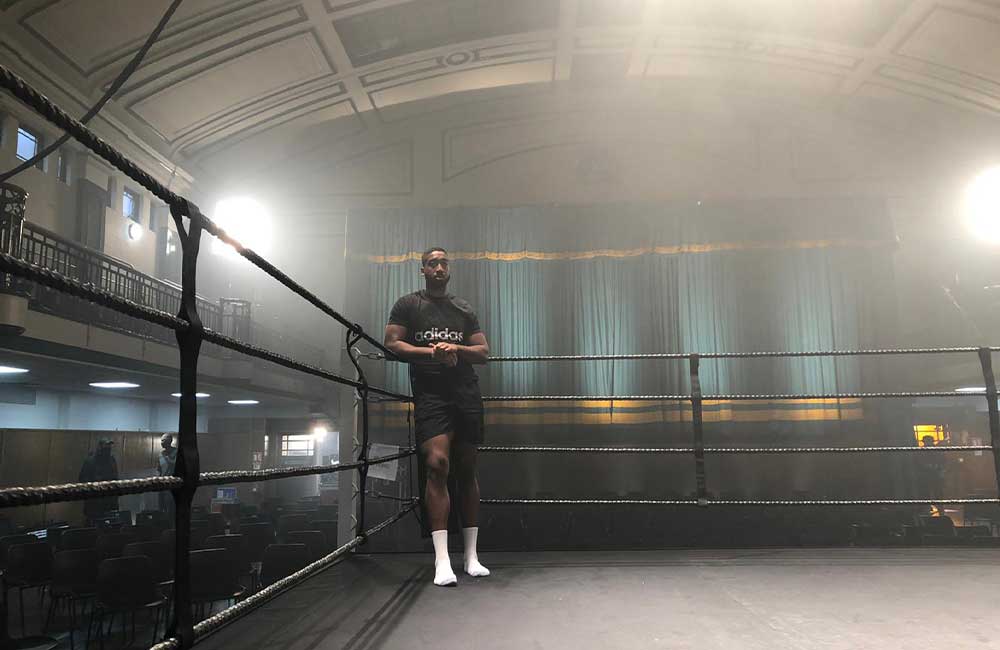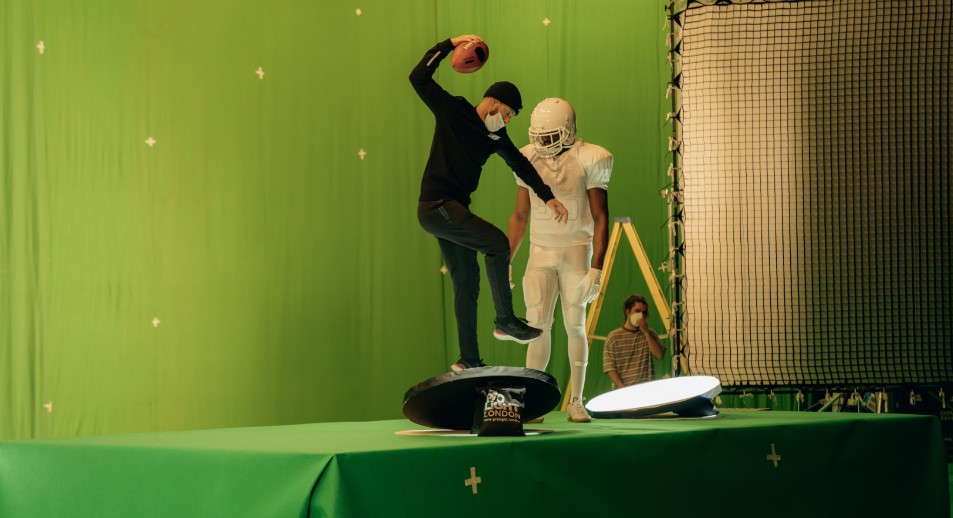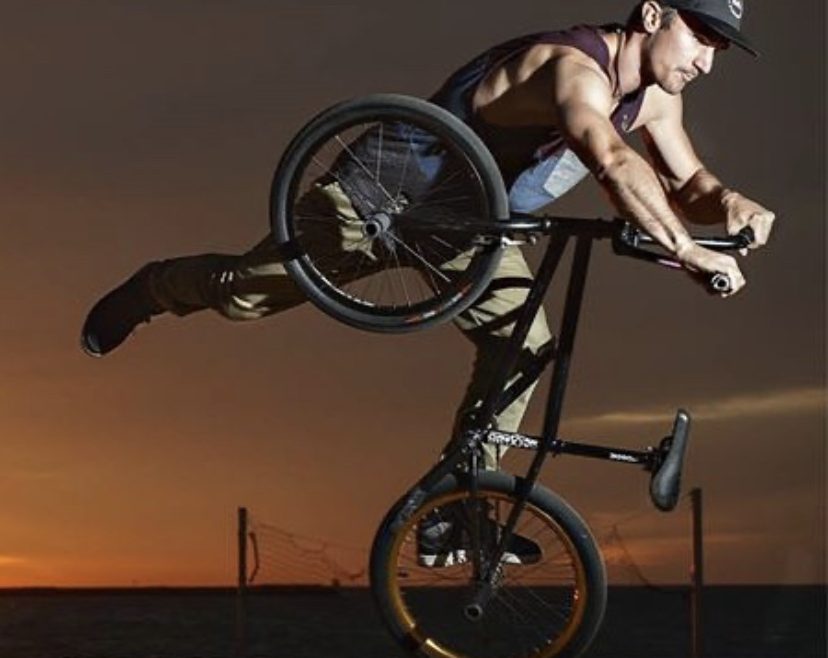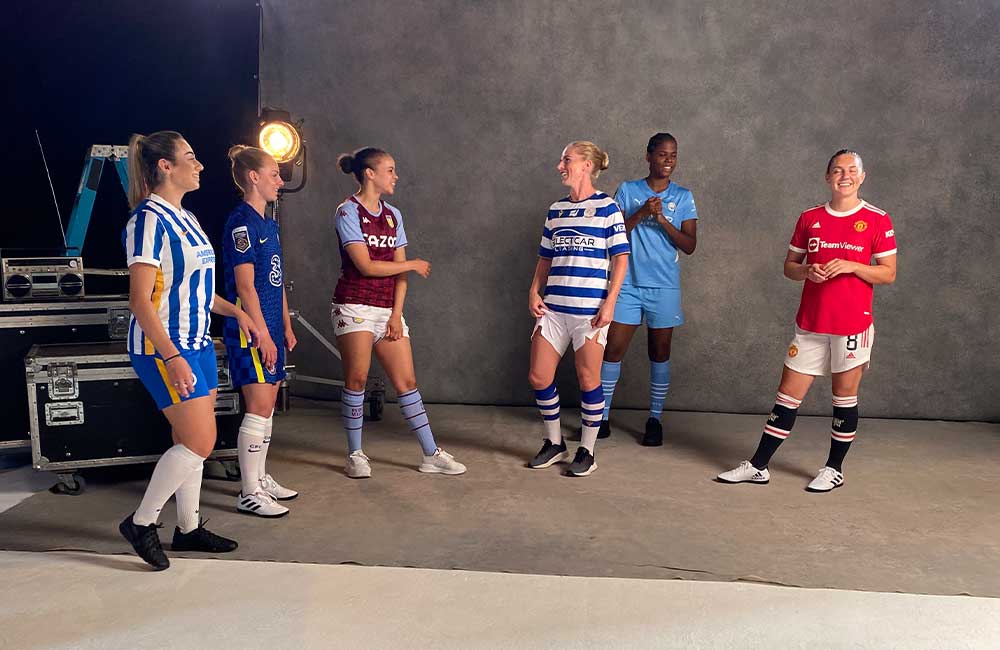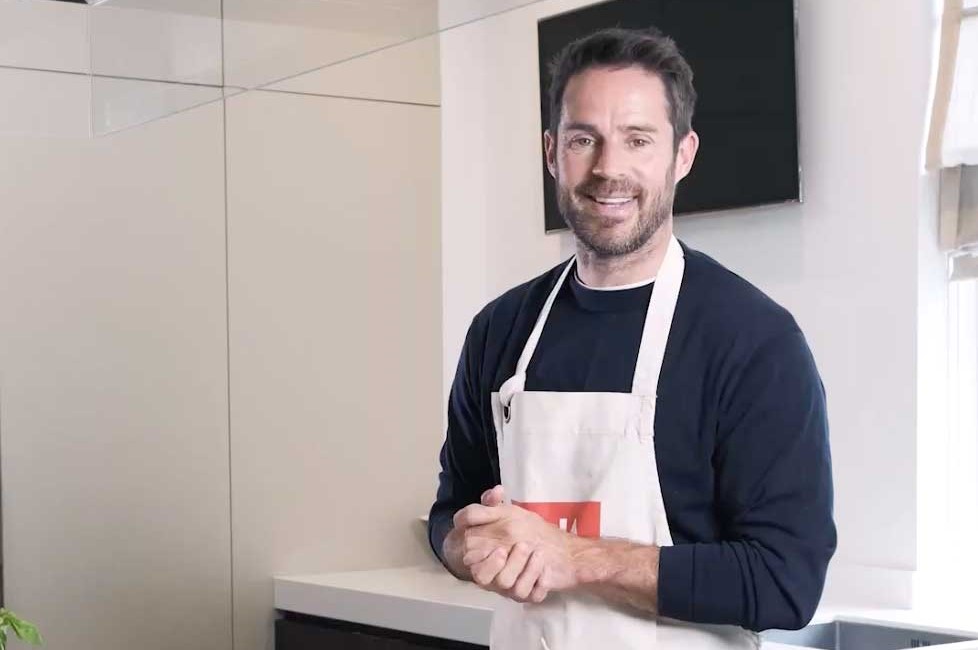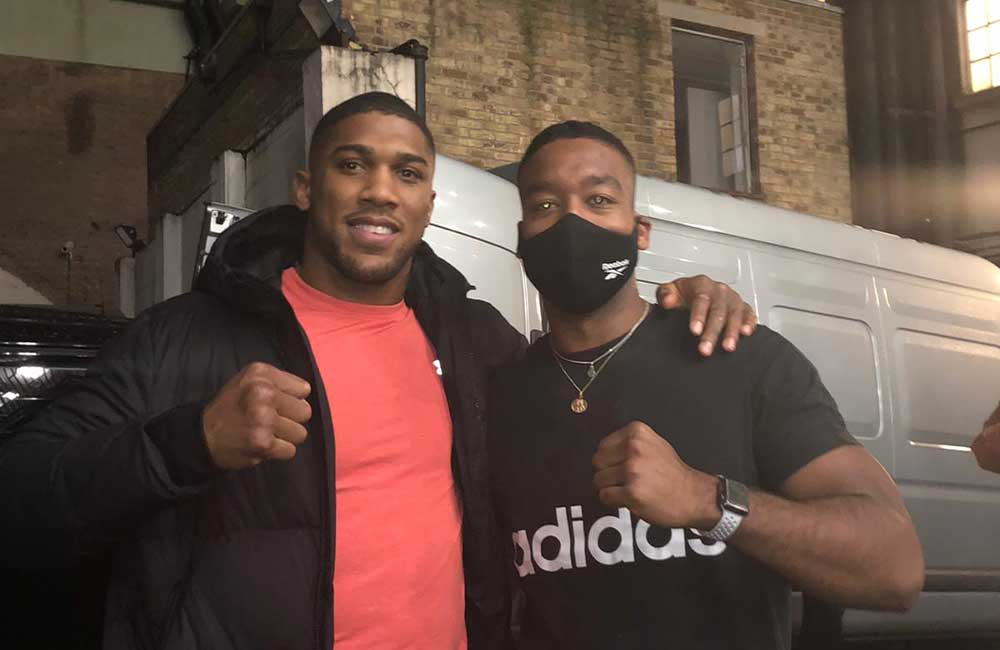Different Techniques to Use for a Sports Production
https://sportandmotion.com/wp-content/uploads/2021/10/9a393b10-c86e-4c18-bb17-d2c944ff85d1-2.jpg 1000 650 Matthew Morris Matthew Morris https://secure.gravatar.com/avatar/09048644f0c2340325fc98c2460d4a4f?s=96&d=mm&r=gWhen making a sports film, there are many different methods that you can use to grab the viewers attention and make them invested.
These are key techniques that are tried and tested throughout decades of film making and are ideal for setting a scene and telling a story.
Here at Sport & Motion, we have created many different sports films throughout the years, and we have used many different techniques, including the seven listed in this blog.
Let’s take a look.
7 Sports Production Filming Techniques
Establishing Shots
This is one of the most important shots of the entire production.
The establishing shot is the image that sets the scene for the whole film, so getting it right is vital to get the viewer’s interest.
These are often wide-angle shots that show where the film is taking place, such as a stadium or sports field.
This is such an important shot as you set the tone for the whole production. Is it going to be dark and moody or bright and joyful?
Your establishing shot provides these answers and is the beginning of your story.
Take a look at the opening scene to this sports production we made to advertise the Solheim Cup. It is a slow panning shot over the course with emotive music in the background, which instantly shows the setting and tone of the upcoming film.
Slow Motion
Something that works really well in sports productions are slow motion shots.
You will have spent plenty of time picking the right sports talent to star in your production, so make sure you let them showcase their skills.
Using slow motion shots are ideal for showing the form and skills of an individual.
Not only that, but they are great for building tension.
If you are making a football film for example, and your striker hits a shot that looks like it may be about to drift past the goalkeeper in the dying seconds of the game, slowing things down and making the audience hold their breath as they await an outcome is sure to build intensity and add to the drama of the film you are creating.
This advertisement for the Women’s Super League contains a stunning final shot of an acrobatic volley, which is much more effective as everything slows down for a second, adding massively to the tension.
Close-Ups
A great sports production captures more than just the skills of the sports talent.
It also takes into account the emotion that sport can muster in a person, and using close up shots is a great way of showcasing this to the audience.
A manager barking orders from the sideline. A player hitting their shot just wide. A fighter throwing a punch as the opponent tries to block it.
All of these can be shown much clearer if you get up close and personal with the action and close-up shots are one of the best ways to do this.
If you have a critical moment in your sports production, make sure the audience get a clear view of it and make sure they don’t miss any crucial touches or skills that are a key part of the story.
This advertisement for Under Armour starring Anthony Joshua (and a sports body double) contains many close ups of his face, showcasing his passion and emotion which is underlined through his voice over (more on this later).
POV Shots
Do you want your audience to feel like they are part of the action?
Using point of view shots that puts them in the shoes of the sports talent starring in the advert is a great way of transporting them onto the field, track, or stadium and is a good method when you want to immerse viewers at home in the action.
It also adds a real sense of what it is like to be there performing the sport.
For example, if a rugby player is charging into a sea of bodies, showing this from their point of view really allows the audience to see for themselves how this would look and make them feel.
This short film for Adidas uses a point of view camera angle and movements to put you right in the heart of the Manchester United changing room, and also out on the Old Trafford pitch.
Montages
With many sports productions, such as advertisements, you don’t get a long time to tell your story.
If you want to showcase an individual improving quickly through hard work and determination, then a great way to do this without taking up too much time is through a montage.
This can show quick clips of an individual training, their coaches reactions, their improvement in shape and skill, and much more to tell a story efficiently.
Montages are used in many different types of film as someone goes through a process of learning and improving, and this is a dynamic and fast-paced way of storytelling that lends itself perfectly to short snippets of film.
This advertisement for StatSports showed a range of different youngsters battling with professionals to better themselves in the form of different montages, finishing with them realising their goals and hitting their targets.
Voice Overs
Another classic method for telling a story is using a voiceover.
This is a great way to add context to a story, or showcase a monologue or motivational speech without having to steer away from the action that is taking place.
This is often done in first person, and allows a sporting individual to tell their story and talk of their struggles and progress while the viewer can see the action still taking place.
It’s also a great way to let the viewer know of the feelings and thoughts of your sports star without having to use too many close-ups or break away from the action.
A voice over can also be done by a narrator who tells the story as it unfolds, or by an external speaker who may be associated with the product or brand that you are advertising.
This advertisement for Dove which stars rugby union star Stuart Hogg uses a voiceover to advertise the product and link it well to the action taking place during the film.
Colour Grading
Our final technique is colour grading.
This method involves amending the colour of a film to enhance the story.
For example, if you are making a joyous film full of optimism, then you may use bright and vibrant colours. A gritty, documentary-style film may be shown in a darker and more atmospheric colourings.
Black and white is also often used to add a whole different feel to a sports production.
The colour grading of a sports production has a huge effect on how it is portrayed, so use it wisely as you make a sports production that is the full package and really hits the mark with your viewing audience.
Take a look at this advertisement we made with Son Heung-Min (and a body double) which contained some colour grading in key moments, starting with darker colours and black and white scenes and bursting into colour near the end.
Sports Production at Sport & Motion
Our team have years of experience in creating sports productions that capture the attention of an audience and tell a great story.
If you would like us to work with your brand or would like to discuss a sports production project that you have planned, then get in touch with Sport & Motion today.


